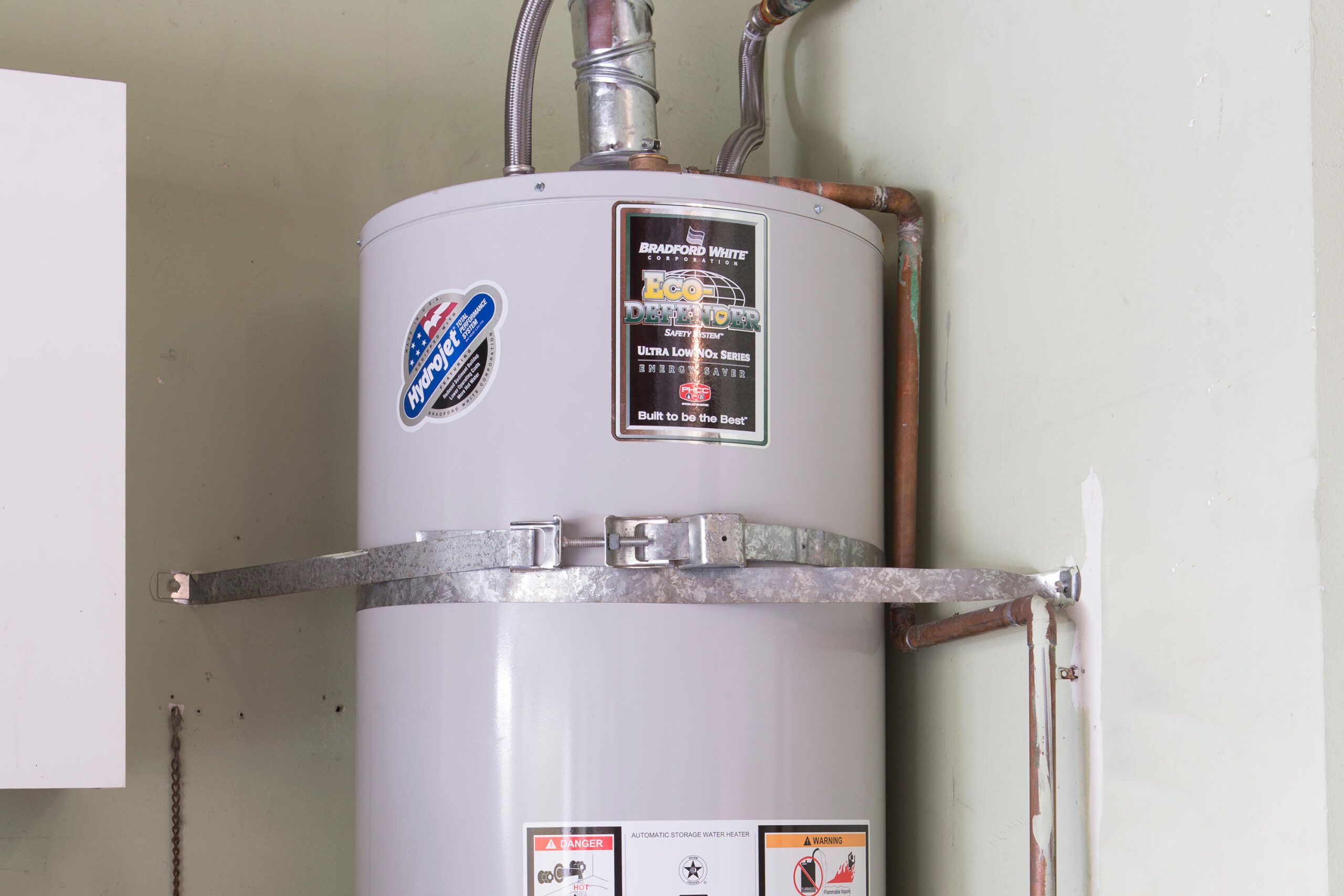Useful Strategies for Maintaining Your Home's Hot Water System
Useful Strategies for Maintaining Your Home's Hot Water System
Blog Article
Just how do you feel in relation to How to Maintain a Hot Water Heater in a Few Simple Steps?

Warm water is vital for everyday comfort, whether it's for a rejuvenating shower or cleaning meals. To guarantee your warm water system runs efficiently and lasts much longer, normal upkeep is vital. This short article gives functional suggestions and understandings on just how to keep your home's warm water system to stay clear of disturbances and costly repairs.
Introduction
Keeping your home's hot water system could appear challenging, yet with a few basic actions, you can ensure it runs smoothly for many years to find. This guide covers everything from recognizing your warm water system to DIY upkeep pointers and recognizing when to call in expert help.
Value of Maintaining Your Warm Water System
Normal maintenance not just prolongs the life expectancy of your warm water system but additionally guarantees it operates efficiently. Neglecting upkeep can bring about lowered effectiveness, greater power expenses, and even early failure of the system.
Indications Your Hot Water System Requirements Maintenance
Recognizing when your warm water system requires focus can protect against major problems. Watch out for indications such as irregular water temperature level, odd sounds from the heating unit, or corroded water.
Comprehending Your Hot Water System
Before diving right into upkeep jobs, it's valuable to comprehend the basic components of your warm water system. Generally, this includes the hot water heater itself, pipelines, anode poles, and temperature level controls.
Month-to-month Maintenance Tasks
Regular regular monthly checks can help capture minor concerns before they escalate.
Purging the Hot Water Heater
Purging your hot water heater removes sediment buildup, enhancing efficiency and prolonging its life.
Checking and Replacing Anode Rods
Anode poles stop rust inside the container. Examining and changing them when broken is crucial.
Checking and Adjusting Temperature Level Setups
Adjusting the temperature setups makes certain optimum performance and security.
DIY Tips for Maintenance
You can do numerous maintenance jobs yourself to keep your hot water system in top problem.
Checking for Leaks
Consistently evaluate pipelines and links for leaks, as these can bring about water damages and higher expenses.
Examining Stress Alleviation Valves
Testing the pressure safety valve guarantees it operates appropriately and stops extreme pressure buildup.
Insulating Pipelines
Insulating warm water pipelines minimizes warm loss and can conserve energy.
When to Call an Expert
While do it yourself upkeep is useful, some problems need professional experience.
Complex Problems Needing Specialist Help
Instances include significant leakages, electrical issues, or if your water heater is consistently underperforming.
Regular Expert Maintenance Conveniences
Expert maintenance can include detailed examinations, tune-ups, and making certain conformity with safety and security requirements.
Verdict
Regular maintenance of your home's hot water system is necessary for performance, durability, and expense savings. By following these ideas and knowing when to seek professional help, you can ensure a trustworthy supply of hot water without unexpected disruptions.
How to Maintain an Instant Hot Water Heater
Before tinkering with your hot water heater, make sure that it’s not powered on. You also have to turn off the main circuit breaker and shut off the main gas line to prevent accidents. Also turn off the water valves connected to your unit to prevent water from flowing into and out of the appliance. 2. When you’re done, you have to detach the purge valves’ caps. These look like the letter “T†and are situated on either side of the water valves. Doing so will release any pressure that has accumulated inside the valves while at the same time avoid hot water from shooting out and burning your skin. 3. When the purge valves’ caps are removed, you have to connect your hosing lines to the valves. Your unit should have come with three hoses but if it didn’t, you can purchase these things from any hardware or home repair shops. You can also get them from retail stores that sell water heating systems. Read the user’s manual and follow it to complete this task properly. When the hosing lines are connected, open the purge port’s valves. 4. You should never use harsh chemical cleaners or solutions when cleaning your unit. Make use of white vinegar instead. It should be undiluted and you’ll probably use about 2 gallons. 5. Now flush your water heater. This task should probably take about 40 minutes. We can’t give you specific directions for this because the procedure is carried out depending on the type, model and brand of your heater. With that being said, refer to the user’s manual. 6. When you’re done draining the unit, you have to turn off the purge port valves again. Remove the hosing lines that you earlier installed on each of the water valves. Put the valve caps (purge port) back in their respective places and be very careful so as not to damage the rubber discs that are found inside these caps. 7. Now that everything’s back in place, check your user’s manual again to find out how to reactivate your water heating system. 8. Once it is working, turn one of your hot water faucets on just to let air pass through the heater’s water supply pipes. Leave the tap on until water flows smoothly out of it. https://www.orrplumbing.com/blog/2014/september/how-to-maintain-an-instant-hot-water-heater/

Hopefully you enjoyed reading our topic on Tips on Maintaining a Water Heater. Thanks so much for taking a few minutes to read through our piece of content. Sharing is caring. Helping people is fun. I praise you for your time. Revisit us soon.
Schedule And Pricing Report this page